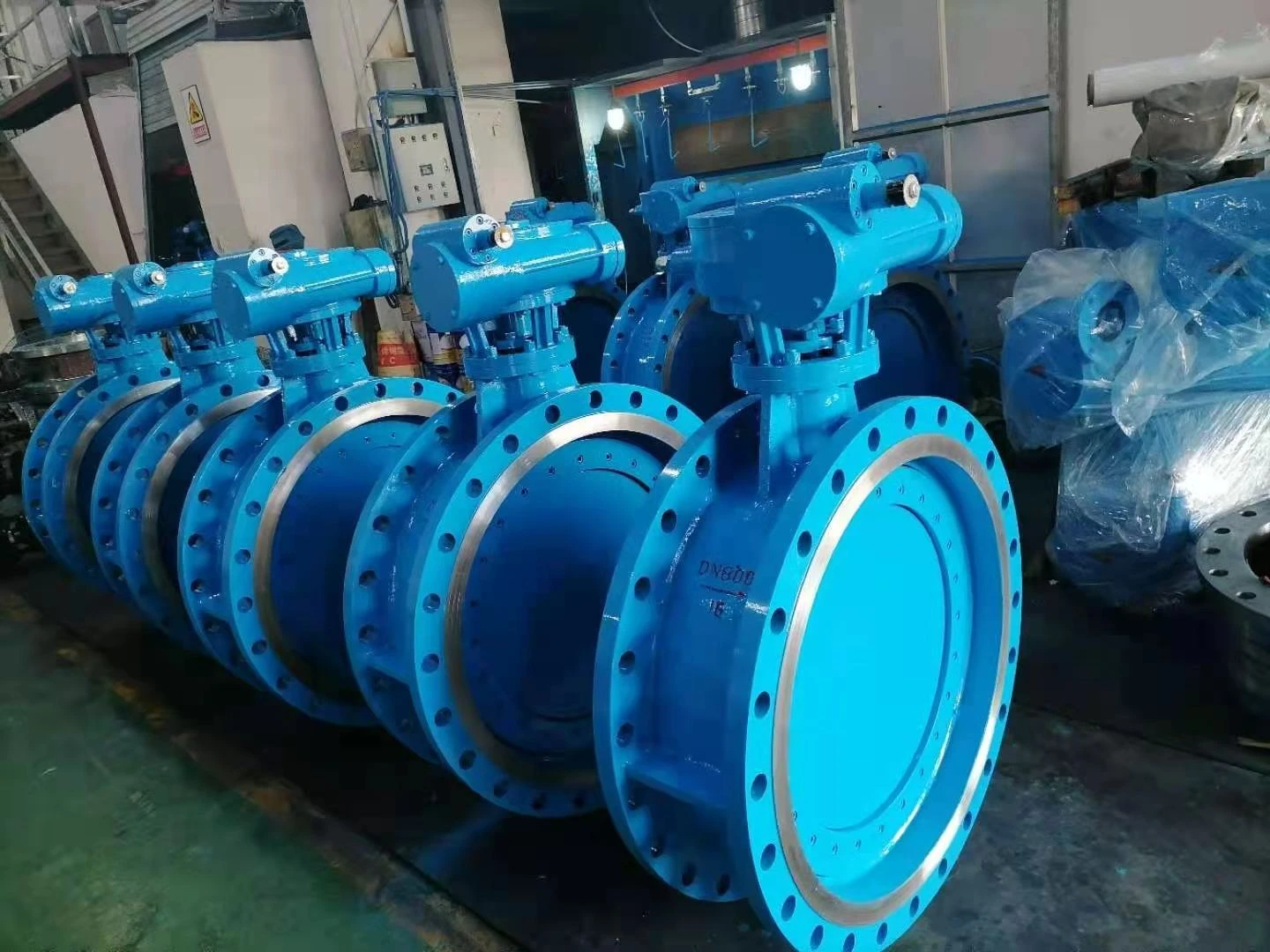12月 . 14, 2024 17:33 Back to list
Selecting the Right Industrial Vibration Pads for Optimal Equipment Performance
Understanding Industrial Vibration Pads A Comprehensive Overview
In various industrial and manufacturing settings, vibration control is essential for maintaining equipment integrity and ensuring smooth operations. One effective way to mitigate excessive vibrations is through the use of industrial vibration pads. These pads serve as a crucial component in supporting machinery, minimizing vibrations, and enhancing overall productivity.
What Are Industrial Vibration Pads?
Industrial vibration pads are specialized materials designed to absorb and dampen vibrations produced by machinery and equipment. They are typically made from materials that exhibit excellent vibration-damping properties, such as rubber, neoprene, or polyurethane. These materials are engineered to provide a resilient support base that alleviates the impact of vibrations on structures and personnel.
Types of Vibration Pads
Vibration pads come in various shapes, sizes, and materials, each suited to specific applications. Here are a few common types
1. Rubber Vibration Pads Known for their elasticity and durability, rubber vibration pads are widely used in industrial settings. They effectively absorb shocks and reduce noise levels, making them ideal for heavy machinery and equipment.
2. Neoprene Pads Neoprene is a synthetic rubber that offers excellent weather resistance and chemical stability. Neoprene vibration pads are often used in environments where exposure to oils, solvents, or temperature fluctuations is common.
3. Polyurethane Pads These pads provide a higher load-bearing capacity and are suitable for heavy-duty applications. Polyurethane pads are resistant to abrasion and wear, making them an ideal choice in demanding industrial environments.
Benefits of Using Vibration Pads
1. Enhanced Equipment Longevity By absorbing vibrations, these pads reduce wear and tear on machinery, leading to prolonged operational life. This proactive approach to maintenance can save organizations significant money in repair and replacement costs over time.
industrial vibration pads

2. Noise Reduction Excessive vibrations often result in high noise levels, which can lead to uncomfortable working conditions. Vibration pads help to dampen sound transmission, creating a quieter and more conducive work environment.
3. Improved Worker Safety High levels of vibration can pose health risks to workers, including musculoskeletal disorders. By using vibration pads, companies can create safer working conditions that minimize the risk of injury.
4. Operational Efficiency Machines that operate smoothly without excessive vibration tend to perform better, providing higher efficiency and productivity levels. This contributes to optimized workflows and improved overall performance.
How to Select the Right Vibration Pad
Choosing the right vibration pad involves considering several factors, including
- Load Capacity Ensure the pad can support the weight of the machinery and any dynamic loads that may occur during operation.
- Frequency Identify the frequency of the vibrations that need to be controlled. Different materials and designs are better suited for specific vibration frequencies.
- Environmental Conditions Consider factors such as temperature, exposure to chemicals, and moisture levels to select a pad that will perform optimally in the given environment.
- Size and Shape The pad must fit the footprint of the equipment for maximum effectiveness. Custom-sized pads may be necessary for unique machinery designs.
Conclusion
Industrial vibration pads are an indispensable tool in the realm of vibration control within manufacturing and industrial environments. By effectively absorbing vibrations and reducing noise, these pads contribute to equipment longevity, enhanced workplace safety, and improved operational efficiency. As industries continue to prioritize productivity and safety, the role of vibration pads will undoubtedly become increasingly prominent. Understanding the types and benefits of these pads allows organizations to make informed decisions that support their operational goals while fostering a safer, more efficient working environment.
-
Why Metric Trapezoidal Thread is Ideal for Precision Motion ControlNewsAug.05,2025
-
The Unique Properties of a Block of Granite for Industrial UseNewsAug.05,2025
-
The Role of Flanged Y Strainers in Preventing Pipeline ClogsNewsAug.05,2025
-
The Importance of Regular Calibration for Master Ring GagesNewsAug.05,2025
-
How a Cast Iron Surface Table Enhances Accuracy in ManufacturingNewsAug.05,2025
-
Comparing Different Check Valve Types for Optimal Flow ControlNewsAug.05,2025
Related PRODUCTS









